Orangutans

There are two species of orangutans: Bornean, ones that prefer the ground over the trees, and Sumatran, which have longer facial hair and develop closer bonds with each other. A century ago, their global population was more than 230,000. Now there are between 45,000 and 69,000 Bornean (endangered status) and only 7,500 Sumatran (critically endangered status).
Ground squirrels

That’s right, even squirrels are endangered, specifically the San Joaquin antelope ground squirrel. Native to California, these guys have been disappearing since 1979 on account of the construction and human developments going through their habitat. Their total population is unknown, but it could be anywhere between 124,000 and 413,000.
Tigers
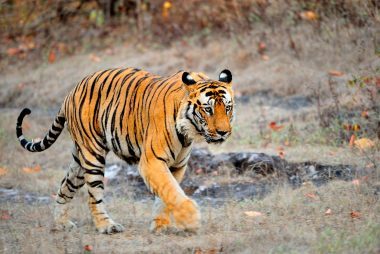
All six tiger species are endangered, with Sumatran and South China tigers at a critically endangered status. The main reasons for their population decline are poaching and destroyed habitats, as humans clear forests to gather timber and build roadways. Only about 3,890 tigers currently live in the wild.
Giraffes

The
International Union for the Conservation of Nature recently put
giraffes at a vulnerable status, the level just before endangered. The
giraffe population has declined a drastic 40 percent in the last 30
years, primarily due to loss of habitat and poaching. Some giraffes are
killed just for their tails, which are considered status symbols in
Africa.
Hummingbirds
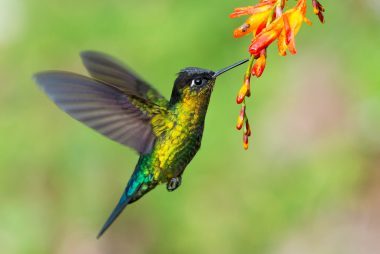
Seven
hummingbird species are endangered, all found in the Americas,
primarily because of deforestation. The chestnut-bellied hummingbird has
fewer than 1,700 mature individuals, and there are less than 400
sapphire-bellied hummingbirds left.
Black rhinos
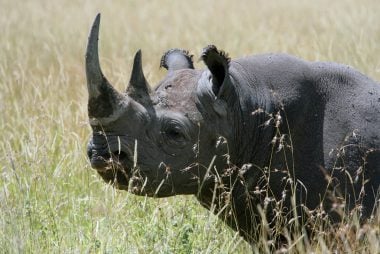
Black
rhinos are critically endangered, with fewer than 5,000 left in the
world. The rest have succumbed primarily to poaching and illegal trading
for their horns. Between 1970 and 1992, hunters killed 96 percent of
Africa’s black rhinos.
Bonobos

War
hurts more than just humans. Civil unrest in the Democratic Republic of
the Congo has made bonobos more vulnerable to poachers and continues to
destroy their forest homes. It’s unclear how many bonobos there
are—probably 10,000-50,000—but scientists believe their population will
continue to decline over the next 50 years.
Whales

As
few as 300 North Atlantic right whales remain in the wild, and the
populations among the other seven species range between 10,000 and
90,000. Pollution is a major threat for these aquatic giants, but
according to the World Wildlife Fund, more than 1,000 whales are killed
every year for commercial purposes.
Asian elephants
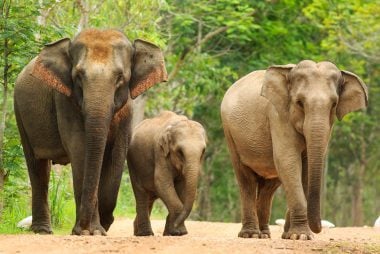
The main threat to Asian elephants, one of the most intelligent animals,
is their shrinking habitat. As the human population grows, people
invade their land to build roads and railway tracks. Elephants in
Myanmar are at an especially high risk for being captured and traded or
used illegally in the tourist industry. Fewer than 50,000 are left on
the entire continent.
Chimpanzees
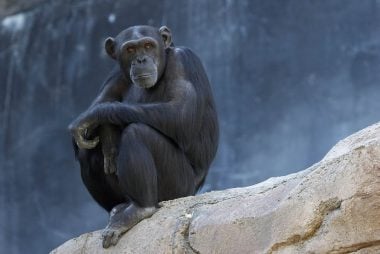
Game
meat from chimps, called bushmeat, has become a delicacy for wealthy
African residents, which makes them a prime target for poaching.
Additionally, baby chimpanzees are taken from their natural habitats and
sold as pets in nearby cities. Their current population is somewhere
between 173,000 and 300,000.
Sea lions

Sea
lions native to Australia, New Zealand, and the Galapagos Islands are
all on the endangered species list. Their main threat is bycatch, which
occurs when they are accidentally caught in fishing equipment while
commercial fishers are trying to catch other fish. New Zealand sea lions
are predicted to be extinct in five generations, about 50 years.












No comments:
Post a Comment